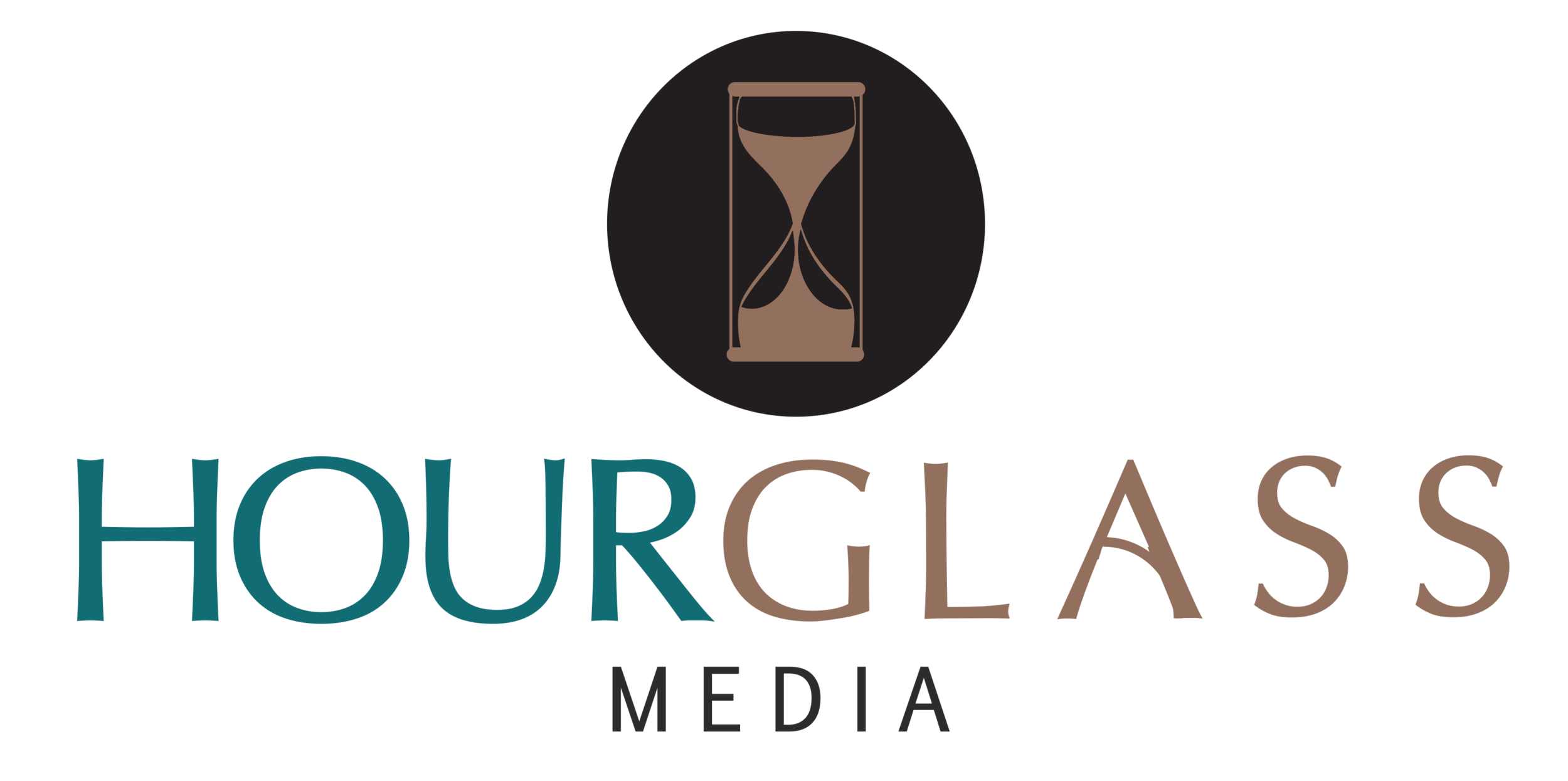What Is Empathy Mapping?
⌛ By Kaylin R. Staten ⌛
I think I speak for the majority when I say that this new decade hasn’t started out on the greatest of terms.
Through the COVID-19 pandemic, racial injustice protests, and other issues arising every day within our everyday lives, it’s challenging to keep moving. I say this with our personal and professional lives in mind. As we have been forced to pivot from what we’re used to, pros and cons of how we run businesses have entered our fields of vision.
A few months ago, I came across this article about empathy mapping from Shopify. While I lead Hourglass Media with an empathetic heart and mind, I used empathy mapping to revamp my customer avatars.
According to Oxford, empathy is “the ability to understand and share the feelings of another.” 2020 has been a lesson in empathy from all fronts, from ensuring that you’re not isolating your target audiences to knowing when your company should speak out about issues at hands. The empathy map, first developed by Dave Gray, the author of Gamestorming: A Playbook For Innovators, Rulebreakers, and Changemakers, is a visual representation of how to use empathy for your core audiences.
You may want to use an empathy map to learn more about a target audience and really get inside their minds and emotions. You may know about your audience, but perhaps an outside factor has influenced how they think and act now (just like the pandemic and racial injustices have done in 2020). What you knew about your customers in even 2019 may be null and void now. Update your plans accordingly by using empathy mapping and other methods.
An empathy map is composed of the following parts:
What does your customer think and feel?
We are paying attention to our target audience members’ emotional states more than ever. While Hourglass Media focused on them before the happenings of 2020, we have been making necessary changes to ensure that we are always listening. We focus on what our audience members think about what we do and Hourglass Media as a whole -- both positively and negatively. We have taken inward looks into how we are showing up with empathy and compassion, as they are two of our core values.
What does he or she say or do?
Listen to what your customer says when he or she says something. Don’t let it pass out of one ear and out of the other. Use active listening and ask them their thoughts in person and in other formats. If you don’t have the luxury of chatting in person, use surveys, social media posts, and other analytics to get to the core of what they think about your brand, product, and more. We keep tabs on our social networks and through our customers’ feedback, especially when doing content analyses and evaluating our efforts.
What does your customer hear?
Think about all of the influences in your customers’ lives, from their daily processes to what their friends and family are saying to them. Often, our personal and professional connections carry a lot of weight, even when we don’t think they do. For instance, if someone you know recommends Hourglass Media for a particular service or product, you could be more inclined to go with what our company offers versus cold calling someone else. People go with products and services they trust, and often, people they know give them that first touchpoint.
What does he/she see?
This is where you focus on the experience your services or products bring to your customer. What is his or her environment like when they use your product -- or don’t use it? We are greatly influenced by our environments, to that paper-cluttered desk in your office or positive energy when you step into a room. Also, pay attention to competitors’ influences as well, and how those experiences shape your current or potential customers’ outlooks and decision-making.
What are your customer’s pain points?
I saw a lot of tone-deaf social media ads and posts during many tumultuous times in 2020. All of us can learn from companies who did things right -- and those who faltered and ultimately let down their customers and potential customers. It’s vital to pay attention to what a customer fears or gets frustrated about, but don’t do this at the expense of taking advantage of someone in crisis. For example, Hourglass Media provided free resources and content during the COVID-19 pandemic. I’m not saying to offer everything up for free because you DO have to make money, but just be aware how sales, messaging, and other facets will be perceived before you release this information. If you make a mistake, own up to it and pivot into a strategy that will work.
What are his/her gain points?
When you look at someone’s pain points, you have to also look at their aspirations and what they would like to gain from working with you or using your product. What does their particular brand of success look like? This will be different for everyone, and honing in on what will drive your customers’ successes and general happiness will allow you to create strategies and tactics that will work for years to come.
Take a day out of their lives and map out what and how they think. Using empathy mapping will aid you as you conduct research and make changes to your company that serve your customers in new ways.
Kaylin R. Staten, APR, is an award-winning, accredited public relations practitioner and writer based in Huntington, WV with 18 years of professional communications experience. As CEO and founder of Hourglass Media, she uses her compassionate spirit and expertise to delve into the heart of clients’ stories. She is a recovering perfectionist, mental health advocate, wife, Luke’s mom, cat mom, and Leia Organa aficionado. Connect with Kaylin on LinkedIn.


